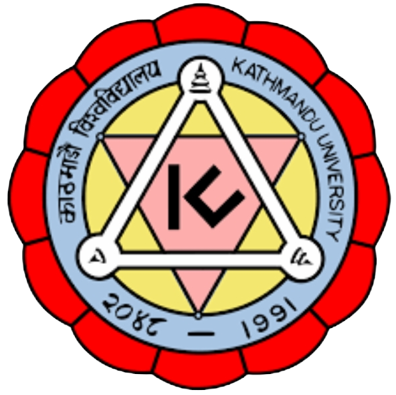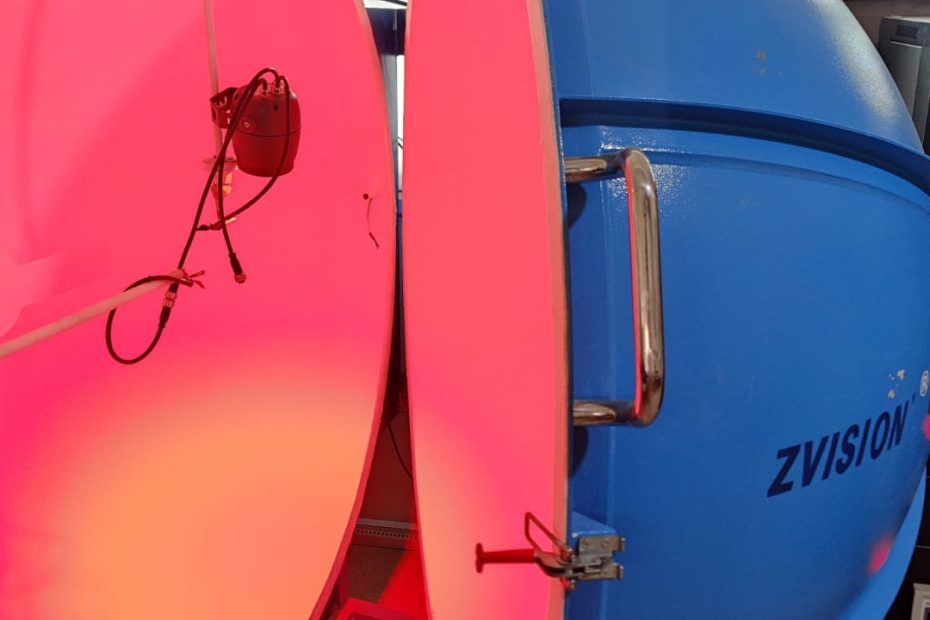Integrating Sphere with Spectrometer for light source test
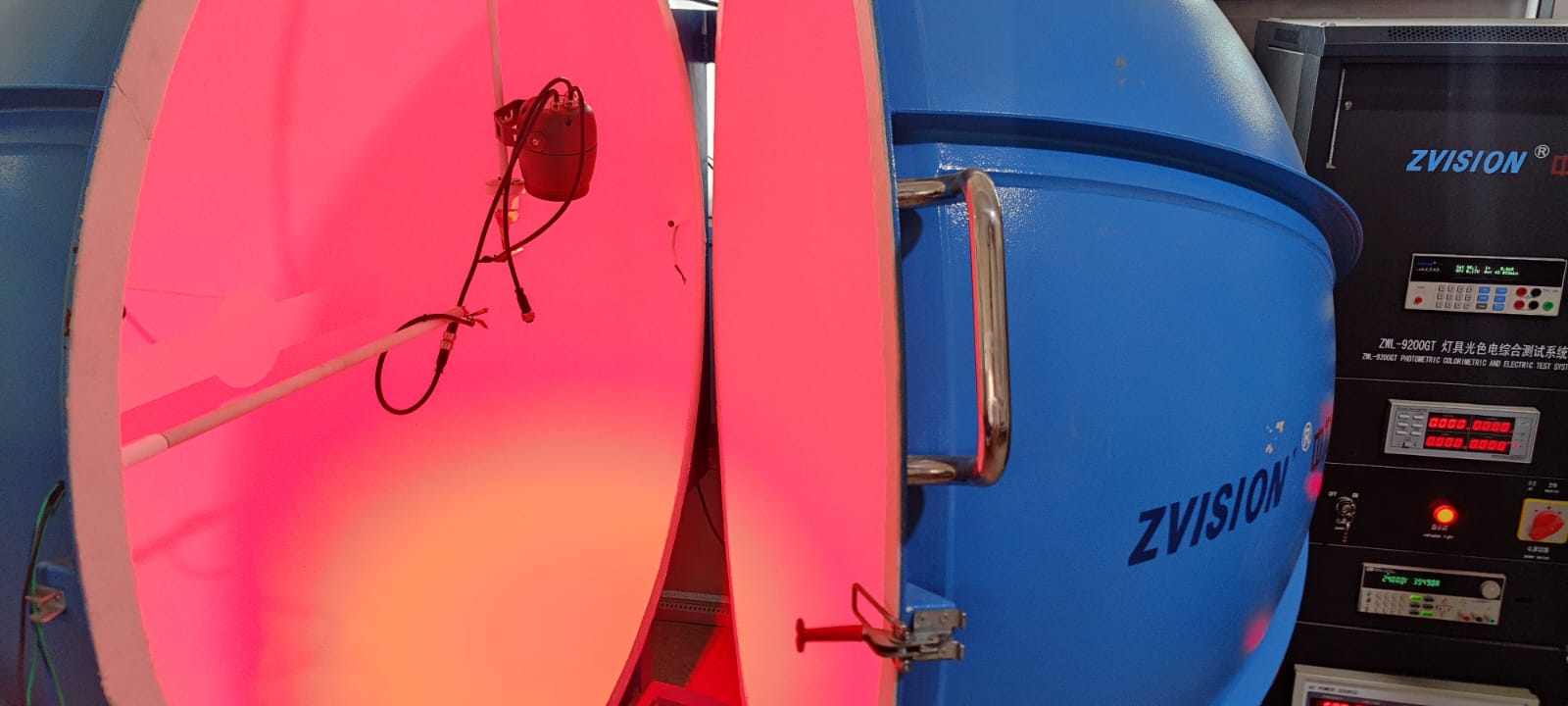
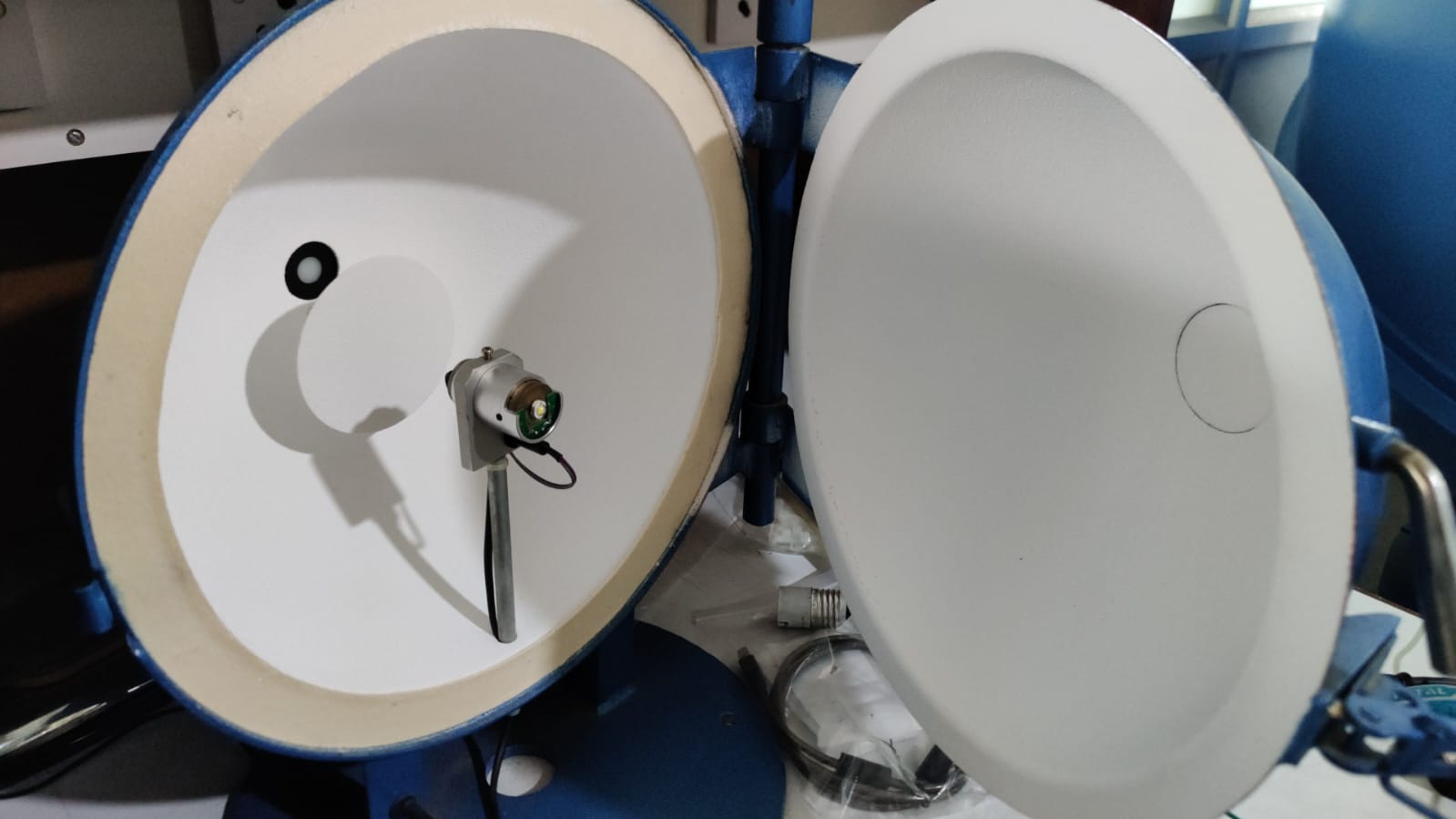
An integrating sphere is a hollow sphere with a high reflectance surface, it is widely applied in testing lumen, chromaticity coordinates, CCT, dominant wavelength and peak wavelength etc. for light sources or luminaries.
The inner coating reflectance of the integrating sphere is an important index for integrating spheres. The coating is ideal diffuse reflection material, the diffuse reflectance factor of the material is close to 1. The commonly used material is BaSO4, which is mixed with a colloid binder and painted on the inner surface. The integration sphere’s inner painting meets the requirement of standard CIE Pub.No.84(1989), the inner painting material is BaSO4. BaSO4 painting characteristics: ρ(λ)≥0.96(450nm~800nm) and ρ(λ)≥0.92(380nm~450nm), fine diffuse reflectance, reflectance≈0.8 and accuracy ρ(λ)<1.5%.
Integrating sphere generally has 2 kinds of structure. One is 2π geometry, another is 4π geometry. 4π test is to put the light source in the middle of the integrating sphere, 2π test is to put the light source at the side opening. 4π test is for all types of SSL products including all directional emission products or just one directional emission product, 2π test is for SSL products having only forward emission. The integrating sphere at the lighting lab can perform with both 2π and 4π structures.
The integrating spheres in the lighting laboratory can test all kinds of LED light sources (from SMD) to lamps such as B22/E27/E40, all tubes such as T5/T8/T12 (up to 4 feet) and all kinds of luminaries.
The lighting lab has three different sizes of integrating spheres capable of measuring a single LED to various shapes and sizes of luminaires.
| SN | Type | Diameter | Company | Quantity | Image |
| 1 | Integrating Sphere | 300mm | Zvision | 1 |  |
| 2 | Integrating Sphere | 1m | Zvision | 1 | 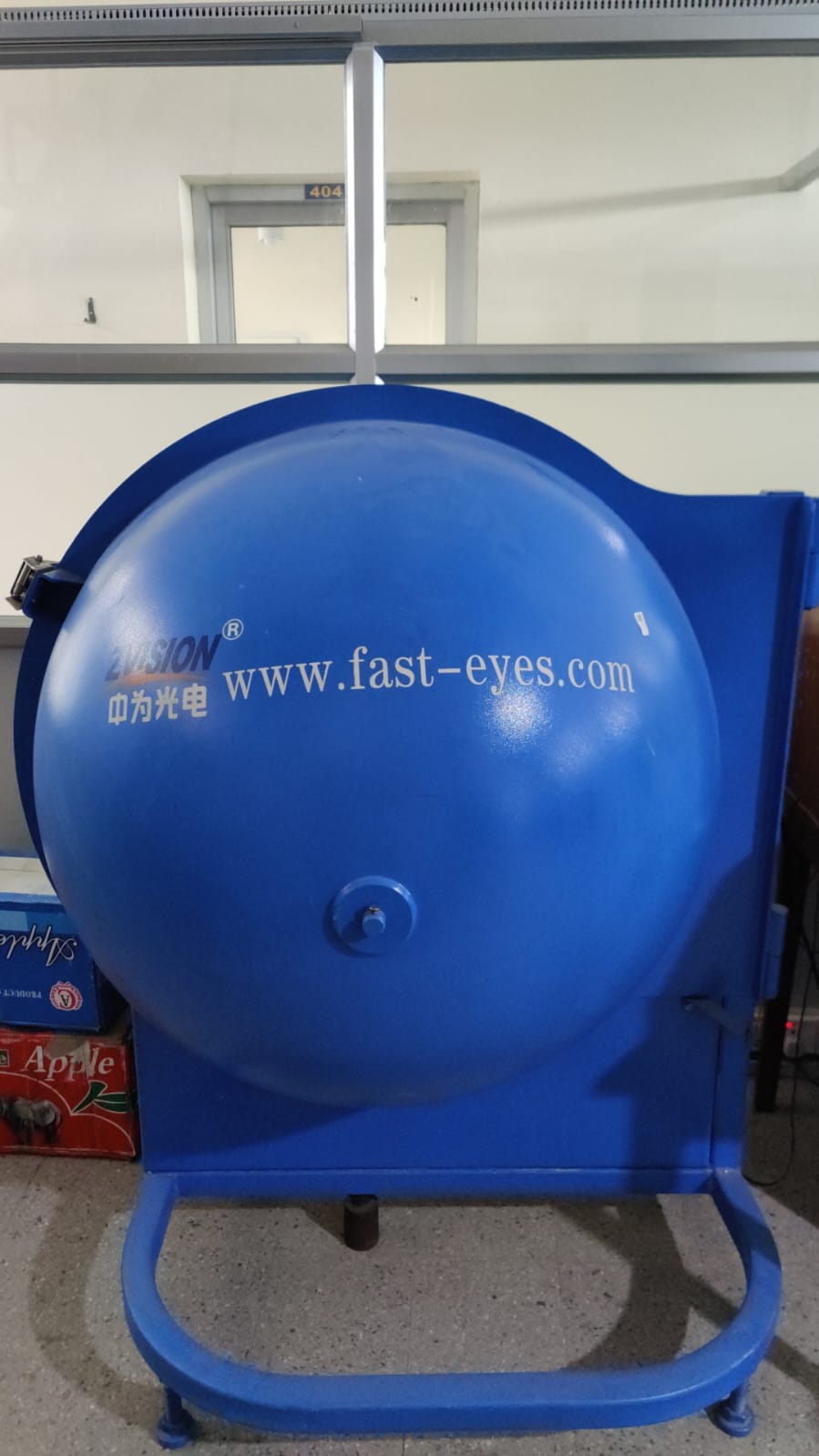 |
| 3 | Integrating Sphere | 1.5m | Zvision | 1 |  |
Downloads:
